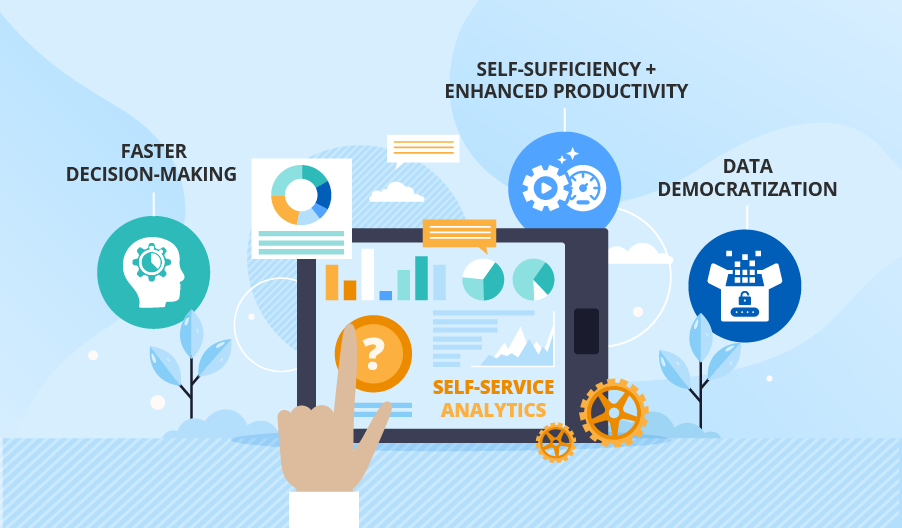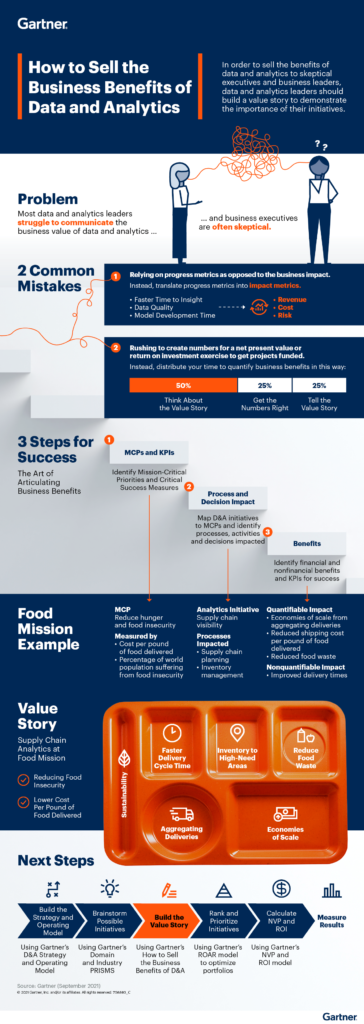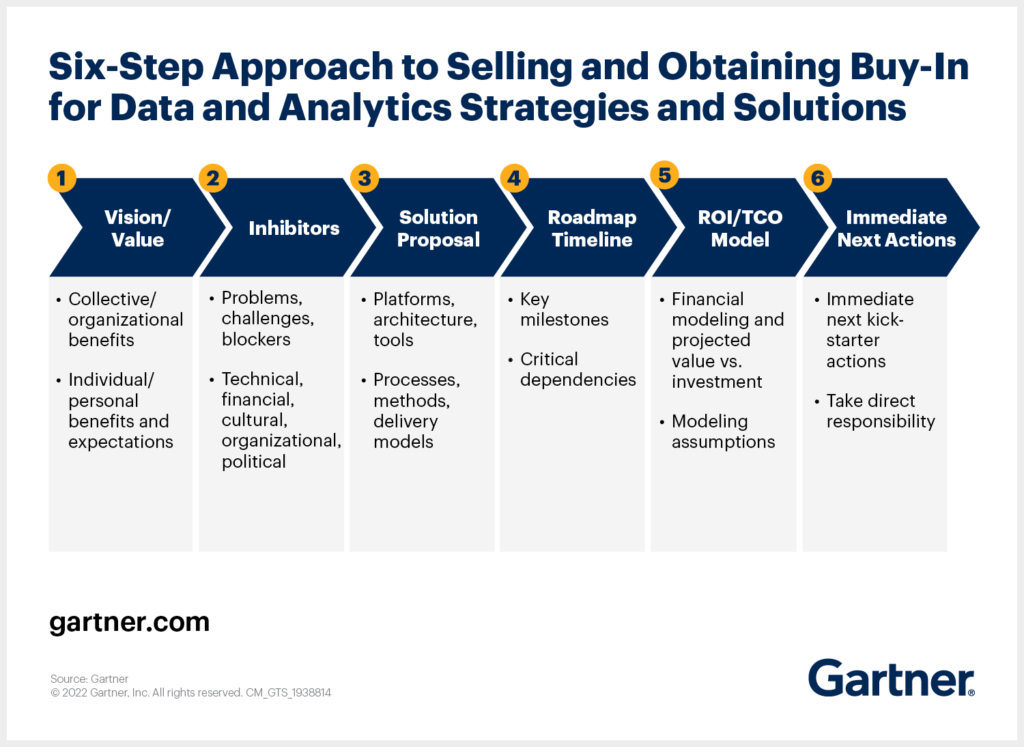The world of retail is constantly evolving, and data analytics has become an increasingly important tool for retailers to stay competitive in the market. With the vast amounts of data available to retailers, it can be challenging to make sense of it all. However, data analytics has revolutionized the retail industry by providing retailers with actionable insights into their customers’ behavior and preferences. In this article, we will explore two ways in which data analytics benefits retailers and how it can help them improve their business operations.
Firstly, data analytics helps retailers to better understand their customers. By analyzing customer data such as purchase history, demographic information, and online behavior, retailers can gain insights into what their customers want and need. This information can then be used to create personalized marketing campaigns and promotions that target specific customer segments. With these targeted campaigns, retailers can increase customer engagement, loyalty, and ultimately, sales. Additionally, data analytics can help retailers to identify trends and patterns in customer behavior, allowing them to adjust their business strategies accordingly to stay ahead of the competition.
Data analytics can help retailers understand customer buying behaviour, predict demand and set prices to maximize profits. It can also help them identify gaps in their product offerings and target marketing efforts to the right customers. Here are two ways data analytics can benefit retailers:
- Understand customer buying behaviour: Data analytics helps retailers better understand customer buying behaviour and make decisions that improve customer experience. It can be used to track customer purchase history, analyse customer segmentation and target promotions for specific customer groups.
- Predict demand and set prices: Data analytics helps retailers predict customer demand and set prices that maximize profits. It can be used to forecast sales, estimate stock requirements, and provide insights into customer preferences and trends.

What are Two Ways That Data Analytics Benefits Retailers?
Data analytics is a powerful tool to help retailers better understand their customers and make decisions that will improve their business. By gathering and analyzing vast amounts of data, retailers can gain insights into customer behavior, preferences, and trends. This information can help them make more informed decisions about pricing, product selection, and marketing strategies. Here, we’ll explore two ways that data analytics can benefit retailers.
Identifying Customer Trends & Preferences
Data analytics can be used to identify customer trends and preferences. By tracking customer purchases, retailers can gain insights into what products are most popular and which are not. This information can then be used to tailor product selection and pricing to meet customer demand. Additionally, data analytics can provide insight into customer preferences, such as the type of product they prefer or the type of promotions that appeal to them. By understanding customer trends and preferences, retailers can make better decisions about product selection, pricing, and marketing.
Data analytics can also help retailers identify potential customer segments. By analyzing customer data, retailers can determine which customer segments may be most likely to purchase particular products or respond to certain promotions. This information can be used to inform marketing strategies, such as targeted ads or customized product offerings. By identifying customer segments, retailers can maximize their marketing efforts and drive more sales.
Improving Efficiency & Cost Savings
Data analytics can also help retailers improve their efficiency and reduce costs. By analyzing customer purchase data, retailers can identify areas where they can streamline their operations. For example, if customers are consistently purchasing the same products, retailers can adjust their inventory levels to ensure that they have the right products in stock. Additionally, data analytics can help retailers identify areas where they can reduce costs, such as by reducing waste or reducing overhead. By improving efficiency, retailers can save money and increase profits.
Data analytics can also help retailers optimize their pricing strategies. By analyzing customer purchase data, retailers can identify the optimal price points for particular products. This information can be used to inform pricing decisions and ensure that products are priced competitively. By optimizing their pricing strategies, retailers can maximize profits and attract more customers.
Data analytics is an invaluable tool for retailers. By gathering and analyzing customer data, retailers can gain valuable insights into customer behavior, preferences, and trends. This information can be used to inform product selection, pricing, and marketing strategies. Additionally, data analytics can help retailers improve their efficiency and reduce costs. By leveraging data analytics, retailers can make better decisions and maximize their profits.
Frequently Asked Questions
Data analytics is an important tool for retailers to gain insight on customer behavior and trends. By leveraging data from customer interactions and sales, retailers are able to optimize their operations and increase profits. Here are some frequently asked questions about the benefits of data analytics for retailers.
What are two ways that data analytics benefits retailers?
Data analytics can provide retailers with invaluable insights into customer behavior and preferences. By analyzing data from customer interactions, retailers can gain a better understanding of their target audience and tailor their marketing messages to better engage customers. Additionally, retailers can use data analytics to identify trends in sales and inventory, allowing them to optimize their operations and maximize profits.
Data analytics can also be used to identify opportunities for growth and expansion. By analyzing data from customer interactions, retailers can identify new markets and customer segments that may be ripe for targeting. Additionally, data analytics can be used to measure the success of campaigns and promotions, allowing retailers to better understand what works and what doesn’t. This insight can be used to refine marketing efforts and increase the overall success of the business.
In conclusion, data analytics is a game-changer for retailers who want to stay ahead of the competition. By leveraging data, retailers can make informed decisions about everything from inventory management to marketing strategies. With the ability to track customer behavior and preferences, retailers can tailor their offerings to meet the demands of their target market, ensuring customer satisfaction and loyalty.
Furthermore, data analytics can also help retailers identify emerging trends and anticipate shifts in consumer behavior. As the retail landscape continues to evolve, retailers must be agile and able to adapt quickly to stay relevant. With the insights provided by data analytics, retailers can make strategic investments and adjustments to their business model, ensuring they are well-positioned for success in the future. Ultimately, data analytics is not just a tool, but a crucial aspect of any retailer’s ability to thrive in an ever-changing market.



